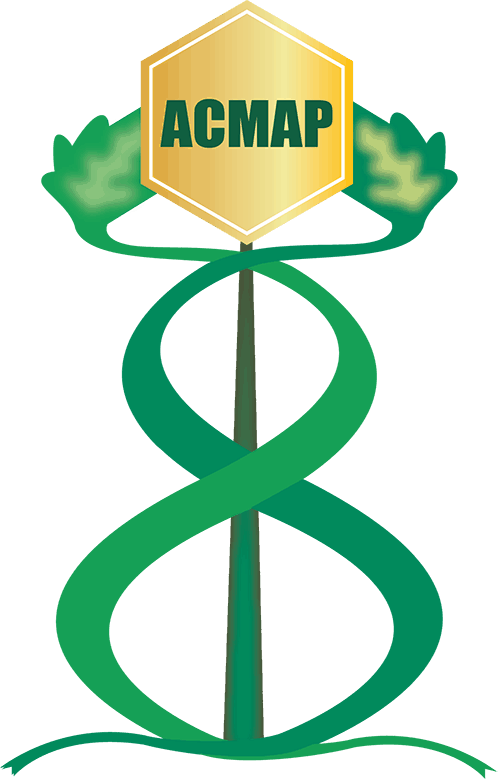Microscopy for Quality Assessment of Bilberry Fruit (Vaccinium myrtillus L.)
- Thomas S. Villani (New Use Agriculture and Natural Plant Products Program, School of Environmental and Biological Sciences, and the New Jersey Agricultural Experiment Station (NJAES), Rutgers, The State University of New Jersey, New Brunswick, NJ. / Department of Medicinal Chemistry, Ernest Mario School of Pharmacy, Rutgers, The State University of New Jersey, Piscataway, NJ)
- Harna Patel (New Use Agriculture and Natural Plant Products Program, School of Environmental and Biological Sciences, and the New Jersey Agricultural Experiment Station (NJAES), Rutgers, The State University of New Jersey, New Brunswick, NJ.)
- Jing Zhen (New Use Agriculture and Natural Plant Products Program, School of Environmental and Biological Sciences, and the New Jersey Agricultural Experiment Station (NJAES), Rutgers, The State University of New Jersey, New Brunswick, NJ. / Department of Medicinal Chemistry, Ernest Mario School of Pharmacy, Rutgers, The State University of New Jersey, Piscataway, NJ)
- Adolfina R. Koroch (City University of New York, Borough of Manhattan Community College, Science Dept. 10007, NY.)
- James E. Simon (New Use Agriculture and Natural Plant Products Program, School of Environmental and Biological Sciences, and the New Jersey Agricultural Experiment Station (NJAES), Rutgers, The State University of New Jersey, New Brunswick, NJ. / Department of Medicinal Chemistry, Ernest Mario School of Pharmacy, Rutgers, The State University of New Jersey, Piscataway, NJ)
Abstract
Bilberry is a traditional plant from which the berries have been eaten as a fresh fruit, made into jam, and included in some baked products for centuries. More recently, bilberries have become a popular dietary supplement and are among the best-selling fruit in the US market. Adulteration of bilberries in the marketplace, however, can occur due to misidentification or mixing with other species during harvesting and processing. Intentional adulteration also occurs through the purposeful addition of foreign materials to increase the apparent quality or reduce the cost of the final product. Quality control is thus a critical aspect in the use of the species as a medicinally active plant. Chromatographic techniques, such as TLC, GC, and HPLC, are useful for chemical profiling and verification of the presence of medicinally active constituents, but are quite limited in their ability to detect non-chemical contaminants, such as dirt, insects, and molds and other adulterants, such as wood, sand, and plant materials. The current study investigated and compared the use of botanical microscopy and chemical analysis for identifying adulterants in bilberry fruit. The experimental results demonstrated that chemical analysis was insufficient, while microscopy readily detected contaminating materials in bilberry fruit.
Keywords: Adulteration, bilberry, microscopy, quality assessment
How to Cite:
Villani, T., Patel, H., Zhen, J., Koroch, A. & Simon, J., (2015) “Microscopy for Quality Assessment of Bilberry Fruit (Vaccinium myrtillus L.)”, Journal of Medicinally Active Plants 4(1-2), 15-Aug. doi: https://doi.org/10.7275/R51C1TTQ
Downloads:
Download PDF
469 Views
299 Downloads
